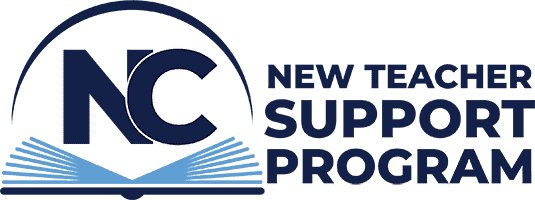Lesson Planning: Being an Efficient Planner to Meet Students’ Needs
To focus our efforts on being an efficient planner, preparing effective lesson plans provide a framework and process for engaging and challenging all students while allowing flexibility to accommodate their unique needs. “Teachers are expected to assimilate and integrate dozens of individually worthy, yet disparate ideas…These may be fine ideas but without some scheme for putting them together in a meaningful way, they may wind up resembling a complicated (if not expensive) pile of junk” (Goodwin, 2013, p. xvii). Consensus among educators is that well-thought-out lesson plans are a key driver of student achievement, so let’s explore designing an effective lesson plan through the Backwards Design approach.
Backward Design of a Lesson
Adopting the Backward Design approach, an effective lesson: (1) Establishes challenging learning goals and objectives (aligned to course standards) connecting research-based strategies and teaching practices that maximize student learning; (2) Incorporates both formative and summative assessments to ensure all students are learning; and (3) Promotes activities and tasks that engage, inspire, and have meaning to the learner.
Depending on the subject that you teach, your course standards will define what students are expected to learn. After you develop goals and objectives defining what students will learn and be able to do, create assessments to check for student understanding, and plan out your learning activities, ask yourself some important questions: (1) Does the assessment align with the standard and objective?; (2) Have you taken the assessment?; (3) How will you support students as they come to understand or struggle with important ideas and processes?; and (4) How will you prepare students to transfer their learning and take ownership for their learning? On behalf of NC NTSP Instructional Coaches, prepare, plan, and immerse yourself in the curriculum anticipating what types of questions students may ask. Teaching is not just about engaging students in the content, it is also about ensuring students have the necessary resources to understand that content. To help support evidenced-based teaching strategies and effective ways to engage all learners check out 37 Effective Teaching Strategies & Techniques or explore this detailed Instructional Strategies List.
The Gradual Release of Responsibility
How will you deliver the content that your students need to learn in a meaningful way to engage all? To help guide your planning of manageable learning segments or chunks, use the Gradual Release of Responsibility method. By presenting content in small, sequential steps, you will begin with teacher responsible focused, and guided instruction, then move toward student-responsible collaborative and independent learning. More specifically, the “I do it” will include explicit instruction that is often teacher-directed; the “We do it” entails opportunities for whole-class thinking, talking, and writing; the “You do it together” puts the onus of summarizing and practice on the students; and the “You do it alone” encourages formative assessment for students take ownership for their learning.
A Learn-By-Doing Classroom Environment
In today’s fast-changing world, it is critical to develop your students’ curiosity, ability to communicate, and work cooperatively within your classroom. Creating relevant, meaningful, and challenging lesson plans will ensure your students experience a healthy and inspirational classroom. Model a positive attitude and lead by example taking into consideration the backgrounds and interests of your students. Prepare and plan your lessons to enrich your students academically, emotionally, and socially. Follow this Lesson Plan Reflection guide to identify strengths and areas for growth as you design and implement your lesson plans. And remember, you are not just teaching a subject, you are teaching students.
Contributor: Todd Stephan, Western Carolina University
